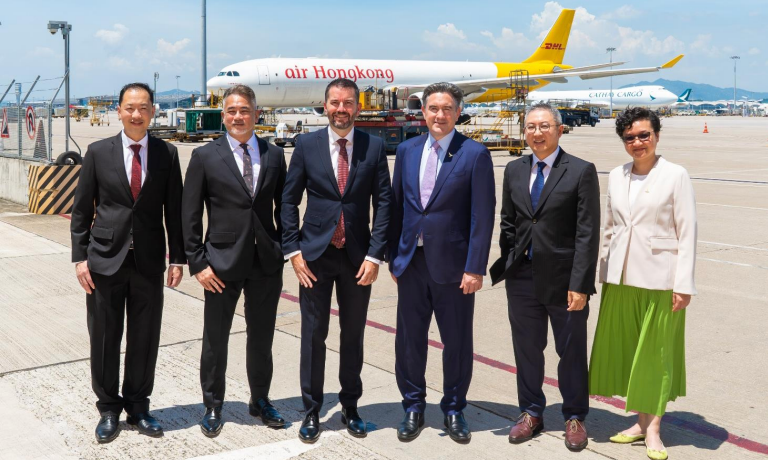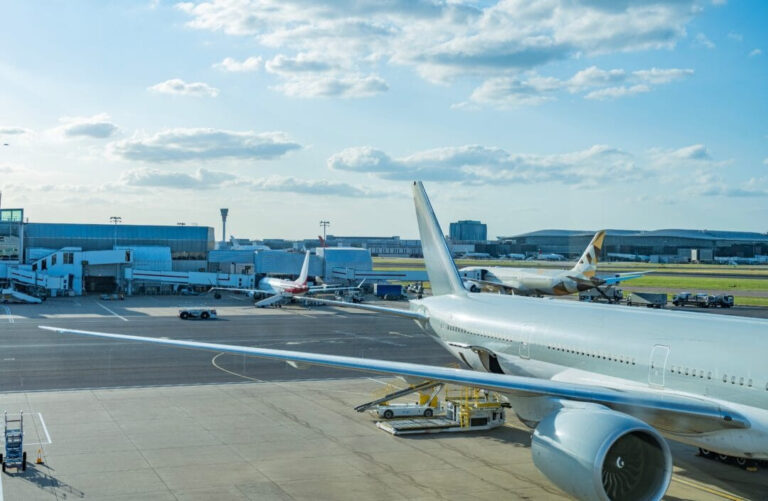
DHL Express and The Cathay Group have signed a new partnership for sustainable aviation fuel (SAF) aimed at reducing carbon emissions from cargo flights in Asia and enhancing regional supply of low carbon fuel.
Under the agreement, Cathai will provide DHL with 2,400 tons of SAF flights managed by Air Hong Kong, a subsidiary of Cathay fully owned by providing explicit shipping services for DHL. Fuel will be used on international flights that leave Seoul Inchon, Tokyo Narita and Singapore Changi airports.
According to companies, the agreement will continue until 2025, and it is expected to reduce greenhouse gas emissions in the life cycle by about 7,190 tons – equivalent to emissions of more than 100 trips from Hong Kong to Singapore on Airbus A330 charging.
An important step for SAF in Asia
SAF is still a small part of the global fuel mixture but has great potential to reduce aviation emissions.
“Sustainable aviation fuel currently represents less than 1 % of the total global jet fuel consumption, however air transport is one of our biggest sources of greenhouse gas emissions,” said Bardins. “Our decision to expand our SAF use in Asia with Cathy is another important step that we have taken to push the momentum in the production of SAF and demand.
DHL Express at the forefront of SAF adoption, and we look forward to seeing more partners and customers join us on this trip to build a more powerful ecosystem in Asia. Our continuous investment in this field is in line with the DHL 2030 group strategy, which recognizes the “favorite green logistics” as one of the four lines. “
The deal depends on a long -term relationship between DHL and the Cathay Group, including Air Hong Kong, which has supported the DHL network for more than two decades.
The first use of SAF Hong Kong Air
Tom Owen, director of Cathy, said the deal is a milestone for the aviation group.
“This partnership determines the first SaF flight on Air Hong Kong flights, a milestone for Cathai as we continue to expand the use of SAF through our global network,” Owen said. “SAF remains an essential column for our carbon emissions strategy, and cooperation is necessary to expand its use. We are excited to work with similar thinking partners such as DHL Express to make SAF easier and easier, especially in Asia.”
The DHL partnership also makes a strategic partner in the Cathay company. It was launched in 2022, the program helps corporate partners to address greenhouse gas emissions from commercial travel and those with air conditions. In 2024, he enabled more than 6000 tons of SAF, with 16 partners, including HSBC, AIA and Standard Charted.
SAF expansion
Cathai Yazid SAF sources all over the region. Earlier in 2025, signed an agreement with Sinopec to supply SAF, which is produced on the main mainland of China for use at Hong Kong International Airport – the first prime export of the Chinese mainland. A partnership with SK Energy was held to secure SAF in South Korea from 2025 to 2027.
Besides supply contracts, Katai participated in establishing the Hong Kong Sustainable Fuel Alliance to enhance policy development and encourage the adoption of SAF locally.
SAF Obligations is broader for DHL
DHL Express has been returning to expanding the scope of SAF in the world. She got long -term agreements with NSTE, BP and World Energy. In Japan, DHL has made a partnership with Cosmo Oil Marketing to use SAF from the local side of the flights that leave the country.
Earlier this year, DHL signed another agreement with NSTE compared to 7400 tons of SAF for international flights from Singapore Changi Airport, indicating an increase in demand for demand and supply across Asia.
The company says that these initiatives will also help it understand logistical services to transfer alternative fuel-a field that it defines as a growth sector under its 2030 strategy, which includes developing comprehensive logistical solutions for renewable energy and alternative fuel markets.
